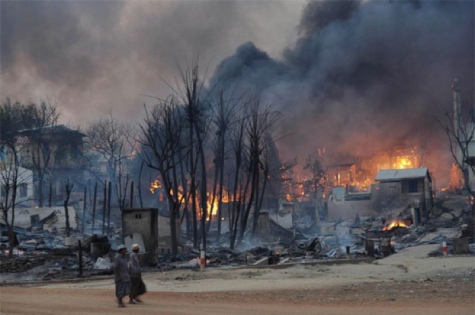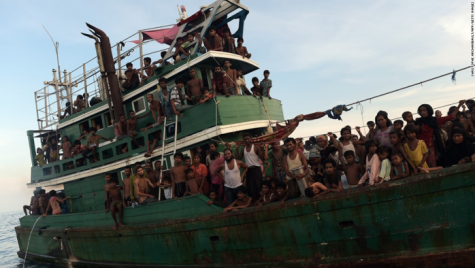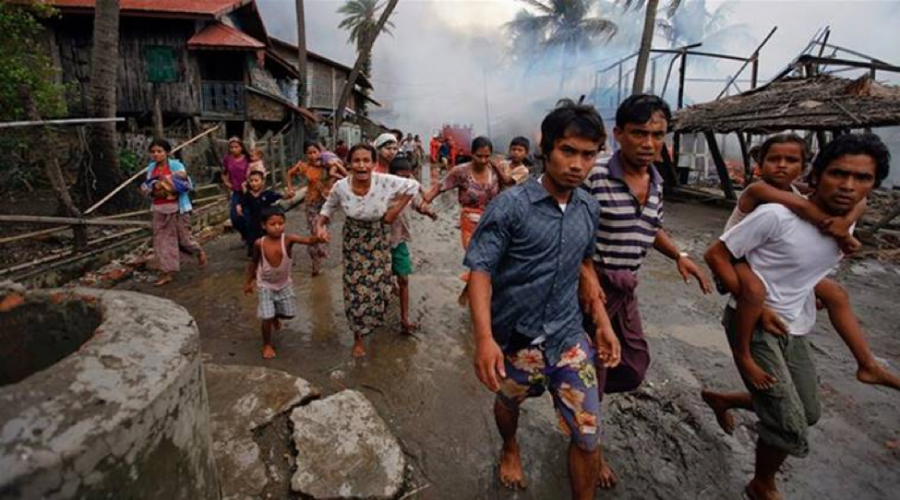The Rohingya Problem
The Rohingya crisis is a very important issue that has recently created a large problem for many of the countries in Southeast Asia as well as the government of Myanmar itself. The crisis started in 2012 in the province of Rakhine, where tensions arose between the Rohingya Muslims and the Rakhine Buddhists. The tensions soon reached a breaking point and resulted in the gang killing and rape of ten Rakhine Buddhist women by the Rohingya. The Buddhists retaliated and promptly burnt down the houses of the Rohingya.

In 2015, the government of Myanmar isolates the Rohingya minority and begins to expel them. By August 2017 up to 700,000 Rohingya have fled from Myanmar. This has resulted in the migration of thousands of Rohingyas to Bangladesh, Malaysia, Indonesia, and Thailand by small boats. The United Nations itself has condemned these actions and claimed that it is an ethnic cleansing.
The Rohingya are one of the largest ethnic minorities within Myanmar. They have their own language, culture, and are said to have descended from Arab traders. This contrasts with a large amount of the people in Myanmar who are mostly buddhist rather than muslim. The government denied the Rohingya people citizenship and they were not included in the census of 2014 as they were not recognised as legal citizens.
The most recent mass departure began on the 25th of August 2017, when Rohingya militants launched attacks on more than 30 Burmese police posts. Amnesty International claims the Myanmar military raped and abused Rohingya women when they forced them to flee. The tactics Myanmar use to force refugees to leave is to burn down their villages and to encourage violence. It is the world’s fastest growing refugee crisis.

Many countries surrounding Myanmar have taken large numbers of the fleeing Rohingyas. Bangladesh took 947,000, Saudi Arabia and the UAE took a combined 550,000, Pakistan took 350,000, Malaysia took 150,000 India took 40,000 and Thailand took in 5,000. The most accepting countries are predominantly muslim and Sunni, and it is unknown unknown how many Iran has taken in.
This problem is a growing issue, with many countries around Myanmar being affected by an influx of legal or illegal immigrants, and new workers and families to fill an already over saturated market. Refugee crises are usually bad for all countries involved, unless they have a low population problem and the workforce could need a boost. Unfortunately, this is not true for many of the countries surrounding Myanmar, especially India. In time we may see the end of this refugee crisis and how it affects the geopolitics of Myanmar.









